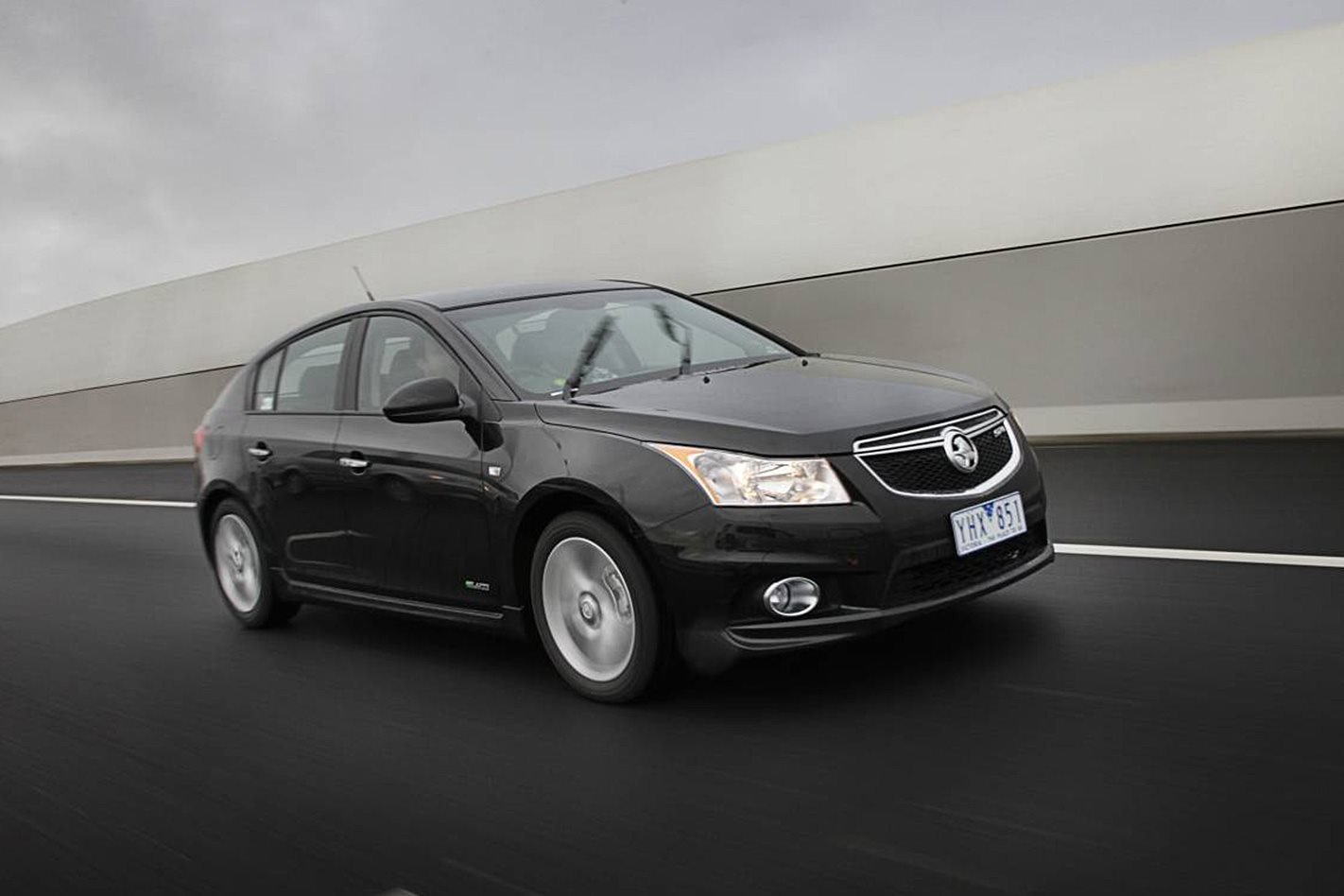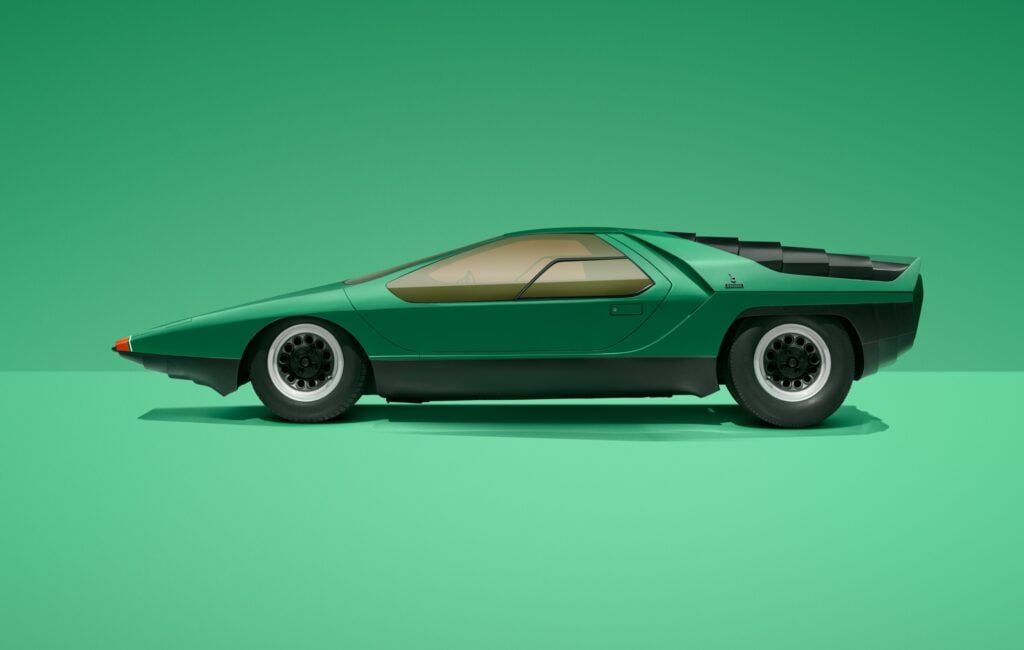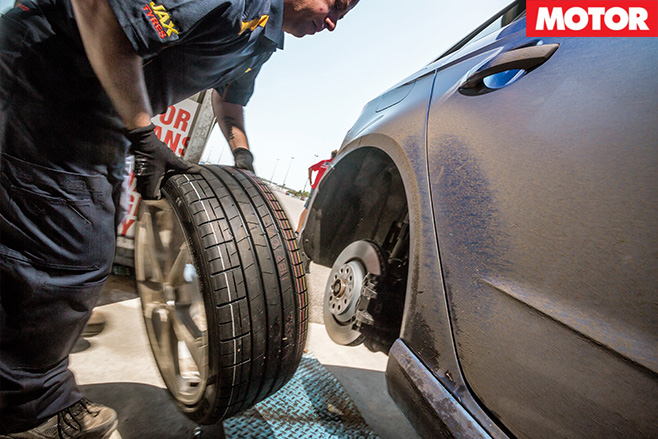THE decision to introduce the Holden Cruze to local production in 2011 was at once perplexing and resolute.
For the local factory it was a ticket to the future, a crazy/brave idea that defied logic: small cars only make small profits, after all. Plus, it was expected to hold back a currency-powered wave of small-car imports while supporting the Commodore as it declined gradually towards its next generation. That’s quite a job spec.
On the other hand, it was a determined vote of confidence in the future of local carmaking. The Cruze could be the saviour by bringing vital volume to Elizabeth, ensuring it could reach economic levels by producing two models. But there were a number of things that the Cruze could not be.
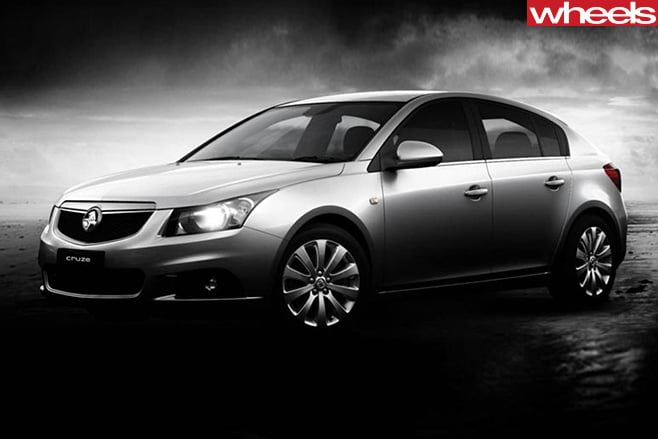
Holden has announced local production of the Cruze hatch and sedan will end on October 7. Was it the right car for Australia?
As things turned out, the Cruze became Holden’s last roll of the manufacturing dice, bringing an end rather than a new start, and that’s where Australia really lost out. If Holden had known the Cruze was going to be its last all-new model, is it possible the company might have done something different?
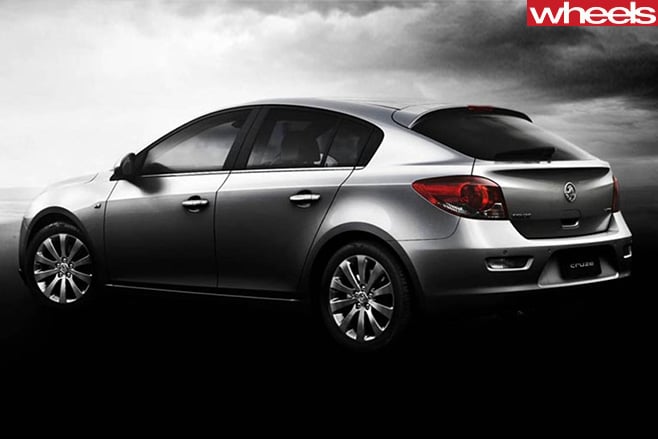
Think the Studebaker Avanti – a sharply styled fibreglass coupe with a supercharged V8 – or the Citroen SM – a Maserati-engined coupe bristling with features, including all of Citroen’s hydraulic trickery – and even Bugatti’s Type 57 Atlantic coupe, now worth more than $40 million if any of the three owners would offer one for sale.
If the sober suits at Fishermens Bend had been thinking along these lines, they might have put Richard Ferlazzo’s Efijy into production, although volume might have been an issue. Regardless, it’s a sure bet no one will be offering $40 million for a Cruze in 60 years.
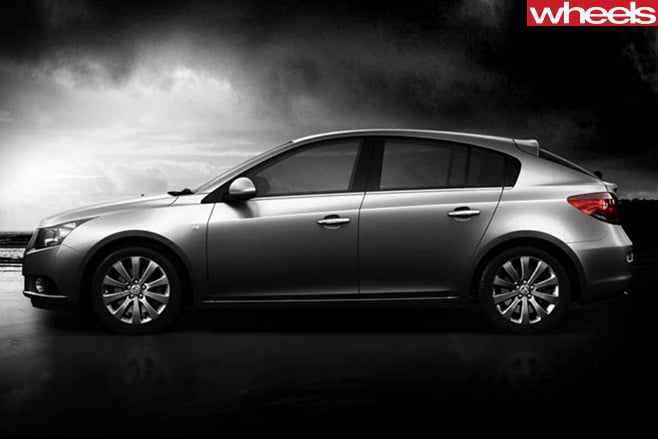
It looked as though the Cruze was ready to take over the leadership in that small field of runners as the Commodore faded, but the Cruze never matched, let along got past, its big brother.
For Holden, the 2011 launch of the locally made Cruze was a frustrating rerun of the Holden VE Commodore launch in 2006, where macroeconomics undermined their best efforts. After years of hard work, the $1 billion 3.6-litre VE had to be released onto a market being roiled by record world oil prices.
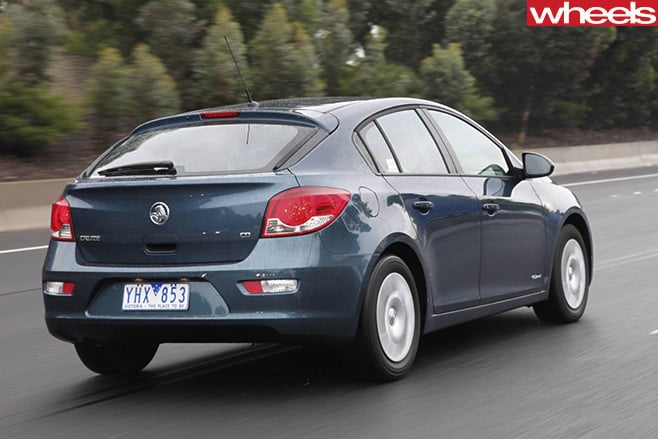
The dollar parity did help with the Cruze’s imported drivetrains, but with the US dollar a massive 33 per cent above the historical average of US75c, importers were able to load up on extra equipment without busting their price points. It was like giving the opposition a free kick in front of goal every time your team touched the ball. The dollar was still above US90c in the second half of 2014.
And you can tell all those critics who repeatedly claim that “they don’t make cars Australians want to buy” to pull their heads in. The Cruze was a gutsy attempt to move with the times, even though it meant moving away from Australia’s speciality: D segment 6s such as the Commodore and Falcon. It wasn’t the first time Holden had tried it.
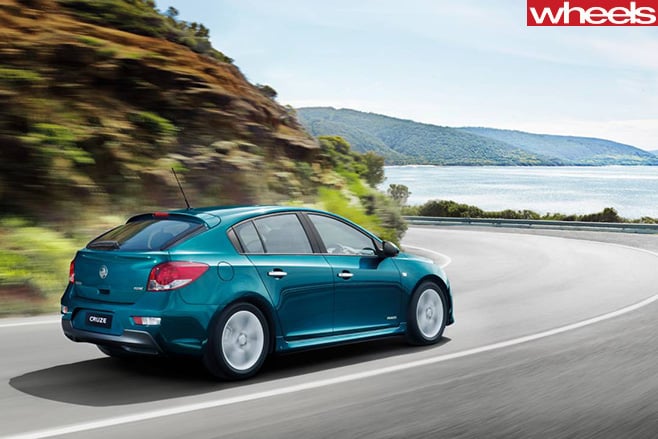
But affluent Australians demanded more and more Commodores, so Holden dropped the Vectra and switched Elizabeth back to 100 per cent big cars in 2000. Come the Global Financial Crisis in 2007 and Australians didn’t think they were so affluent any more, and they started looking at smaller cars and SUVs.
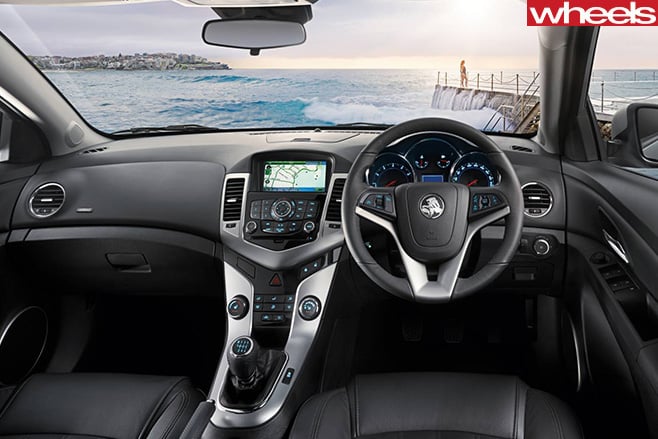
The Cruze was going to be a key plank in Holden’s manufacturing platform until the government of Tony Abbott (“I want the motor industry in this country, every aspect of it, to thrive. I really do.”) decided to bully General Motors into throwing in the towel.
The result is that General Motors will make much bigger profits in Australia than before, fewer Australians will be employed, what’s left of Australian manufacturing will no longer be an early adopter of the latest manufacturing technology and the country’s trade deficit will climb ever higher.
Elizabeth Cruze. RIP.

